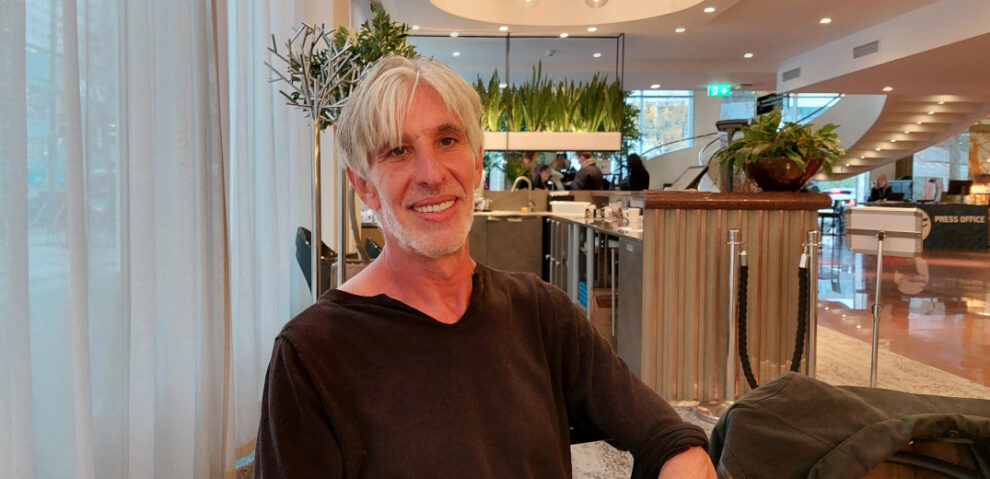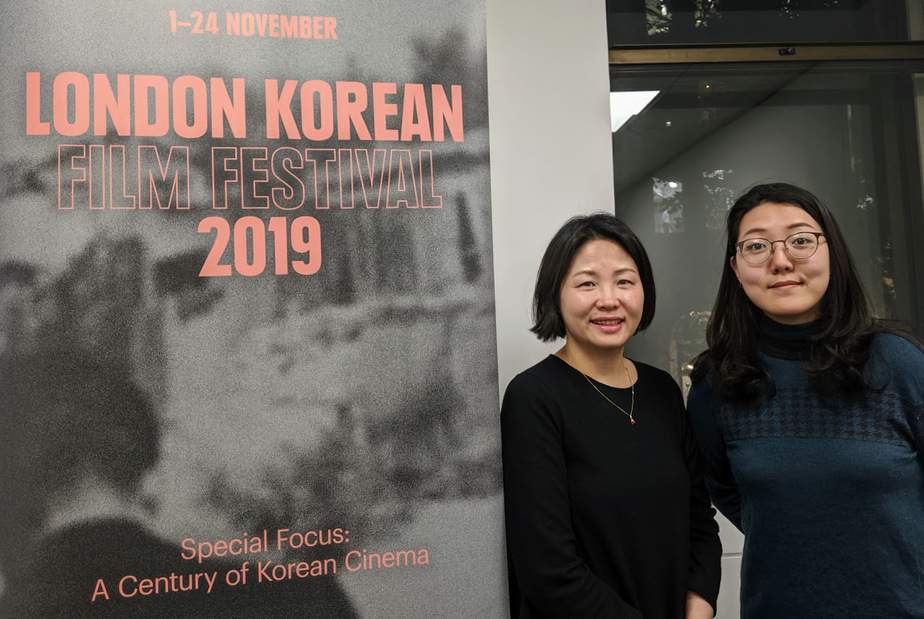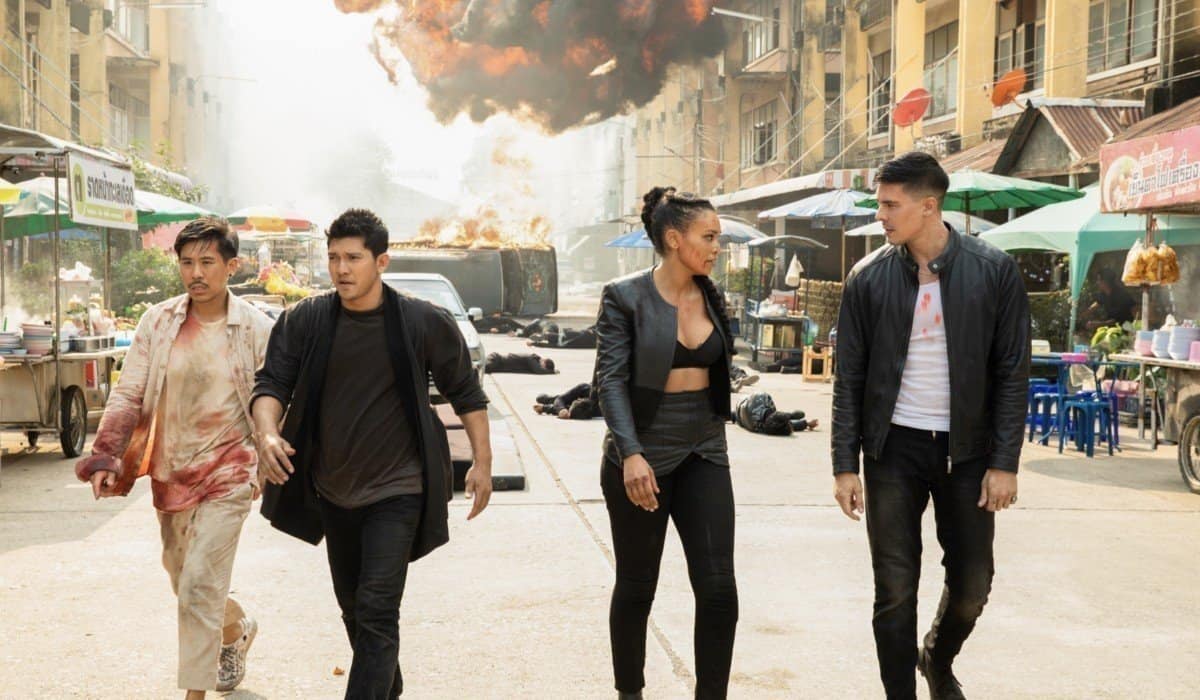Uri Marantz graduated from the Film School in Tel Aviv in mid- 1990s. He directed a number of short films, and was involved in several television projects, both as a writer and creator. He is best known for the hit series “Daddy” that aired on HOT. “Since filmmaking is more or less a hobby in Israel, I had to compromise a lot”, explains the Israeli helmer why it took him that long to direct a feature length movie, adding that he always had a project here and there happening, but that he ended up working in the advertising industry as a copy- and content writer. “My dream of filmmaking was somehow ebbing away”, he says.
When we met in the hotel lobby of Nordic before the world premiere of his debut feature “King Khat” which competes in the Rebels With A Cause program of Tallinn Black Nights film festival, Marantz spoke about an encounter that had inspired him to write the script about his debut which he knew it had to be an animation: “It happened 12 years ago. I met him through a friend of a friend who studied cinema with me. He was a scientist, a doctor in mathematics and a real obnoxious nerd who also was very pompous. Let's call him “Gabi”. I didn't like him and I don't think that he liked me. That evening he actually revealed the most intriguing thing that pulled me into this story. He was a sort of Dr. Jekyll and Mr. Hyde.”
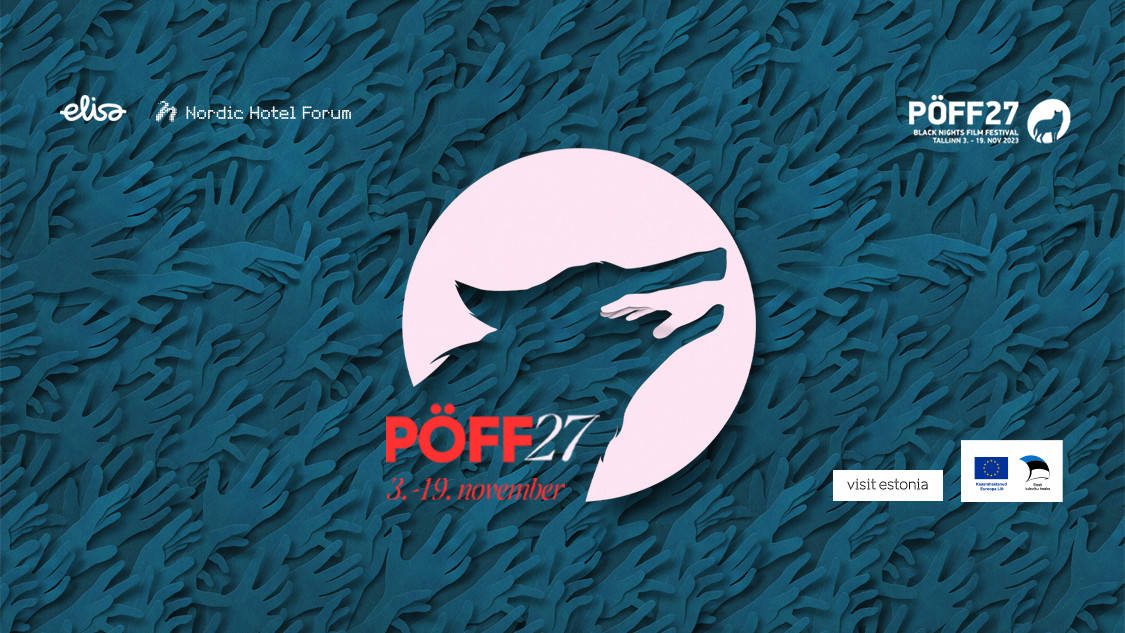
It is a kind of “Breaking Bad” story.
Yes and no. I find Gabi”s story much more interesting. For once it's real. In Breaking Bad, the lead knows how to synthetize a known molecule. “King Khat” might contain that element but it goes beyond because this man creates new entities. Also, he is an intriguing personality because he is a combination of an inventor, an idealist, a drug baron and a junkie. It's all four of them, and you never know which one you are going to meet.
One of them has obviously inspired you to finally make a movie you always wanted to do.
Yes. I met someone who was working in the pharma industry and that special evening 12 years ago I got to really see who he was, although I knew him for much, much longer, just not that well. I met Mr. Hyde. There are lots of stories inside of the main story. I could sit here with you for days and talk about them, and we still wouldn't touch upon all of them. Getting inside was a long process. The stories behind the one in the movie are essentially more interesting. For me, it was going down the rabbit hole.
What I find interesting is that you intially wanted to make a documentary about “Gabi”, but then it turned into a completely new film.
Well, that is not quite correct, but the question that is becoming more and more intriguing is the defiinition of what a documentary, and what a fiction film is. For instance, I was at the Haifa Film Festival, and they put the film in the documentary competition. I protested and said that my movie isn't a documentary. Since they were insistant, I went: “Look, I am the director, I kind of know better what my film is.” To be honest, it doesn' t really matter if a film is a documentary or not, and people also have this misconception about documentaries being truthful, which is not the case. As a director, my job is to tell a story. And storytelling is full of manipulations and lies.
I think that these kind of boundaries should disappear. Look at the section “Rebel With A Cause”. “King Khat” is not a genre movie.
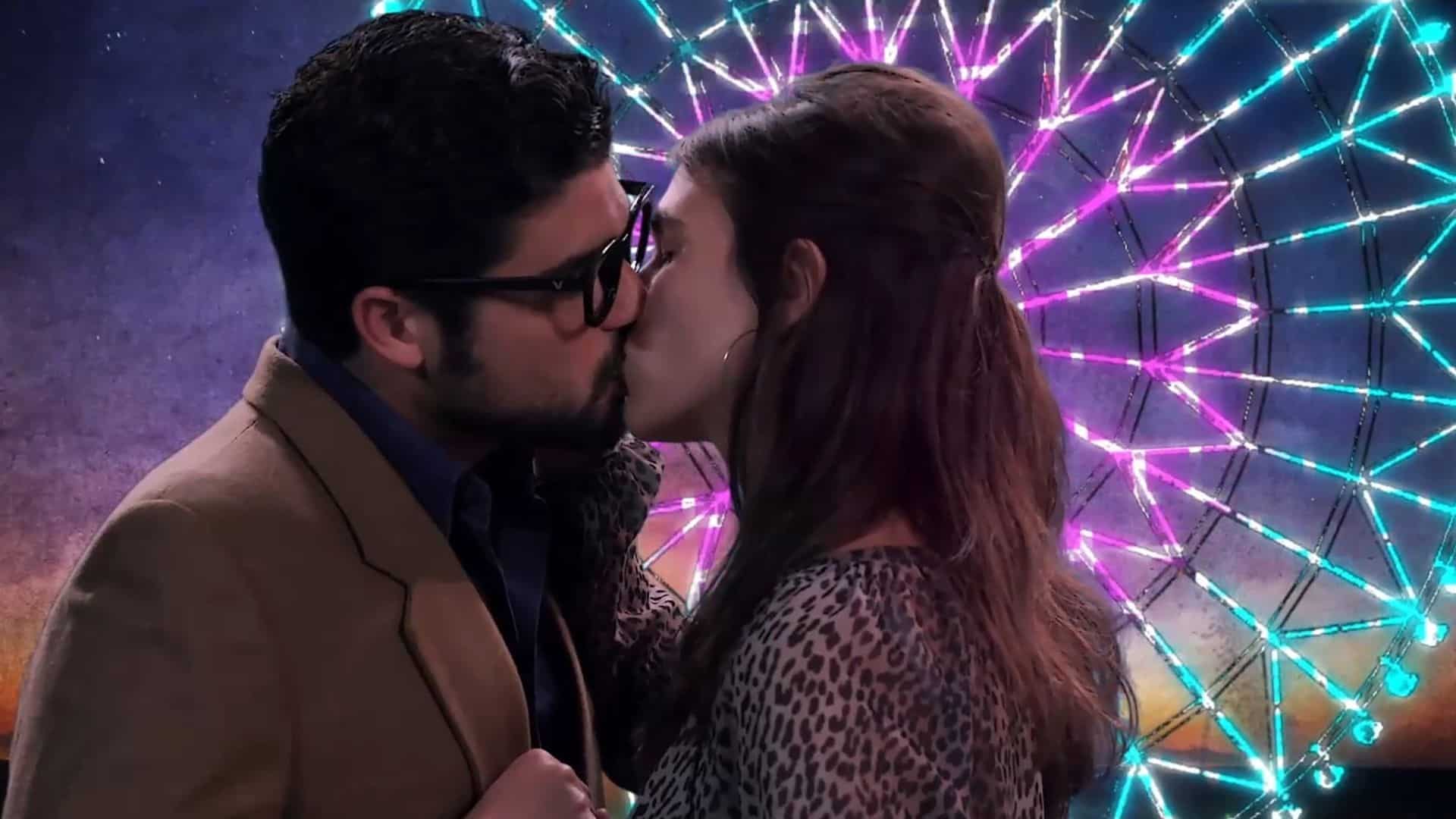
Let's talk about your decision to do an animation.
That was meant from the beginning. There wasn't a good reason for that, although here I must credit Ari Folman's “Waltz With Bashir” (2010). I do not know him personally but what he did gave me an idea that I could do the animation and something very different. That was the trigger, and maybe more importantly, it helped us to finance the movie. It was a success, but that wasn't our primary motivation.
During the project development, I was looking into all kinds of animation techniques. Because of the nature of the story, I couldn't show Gabi as a real person. I was doubting if that was a reason good enough to do an animation. But very soon, I found a cinematic reason – I mean, we are dealing with psychoactives. Animation gives you the possibility to visualize something you can't do with actors. Another thing – the stream of consciousness of this guy is very special, and I love it. Animation also gave me more freedom to jump from one thing to the other, and to drop an elephant in the room. A lot of the mentioned played part in making the decision. But once we decided on the animation, it was difficult to chose which technique was the most fitting. We did a lot of testing, and we were aware of the budget limitations. My first impulse was to do something in the spirit of Chris Marker, I also did a pilot with comic artists which was ok, but I understood that it wouldn't hold the whole film. After a lot of testing with techniques out of which we liked some and disliked many, our producers did the math and told us what was possible. Finally, we decided on pixilation stop motion animation. In a way, when you say “animation” people think of drawings and of Disney, but we actually animated still images. I should mention my animator because he is a genious- Nir Matarasso. He cracked this technique.
We started working together and then stopped because we had a row. In the later stage, we basically got stuck. I thought it was a dead project. I had the impression that people looked at me as if I were a walking corps. Luckily for me, I had a producer who believed in my project, and believed in me more than I did. I really wish he could be here, but that is impossible at the moment since he lives very close to Gaza. Anyway, he supported me even in times when we didn't have the money to finish the movie, and we had to invent something new. I can not remember who came to the idea with the green screen, but that was the game changer. Also the background animation and the combined techniques. We just did what we could.
After all that long decision process, we finally started shooting. I loved everything about it, and yet this film was born in the post-production which I hate, because I am not a technical guy and I am not an animator. I am even not sure that I like animation. I think that there are only few animated films for the adult audience, and I think that “Waltz With Bashir” works so well, because when Ari Folman did it he didn't know s*it about animation. He did everything you shouldn't do when you are an animator.
We shot the film three years ago, and then we started editing and stylizing the background. The animator left the project and then came back. We actually finished “King Khat” half a year ago. We had the actual world premiere on 8 October in Haifa, and Tallinn marks our international premiere. That's the short version of our journey. There was a long research involved. I went to the offices of the real “Gabi” in Amsterdam few times. He gave me acces to everything.
So, he was basically actively participating in the process?
He became a close friend. I don't think that it's healthy, but that's what happened. I like the guy a lot. The most interesting thing for me wasn't the drugs which I am pro and ok with, but it is his story that I was attracted to. Although he led a chaotic life, it all worked out for him. And even more interesting was his relationship with his wife. If you ask me, this film is about a broken love story.
You painted your anti-hero in pretty gentle and likeable colors.
That is because I like him and I don't understand directors who make movies about people they don't like. I couldn't do that. Since I believe that my protagonist's heart is in a good place, despite of being crazy and radical. There is a lot of dissonance and conflict around him, but I still like him.


